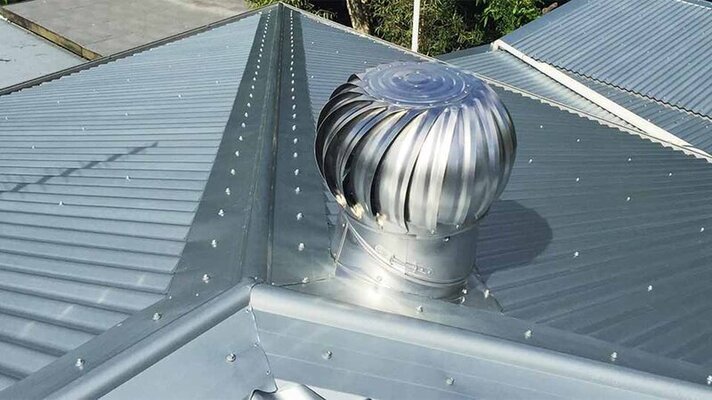PA Dodger
Well-Known Member
I had a nice 5 bay metal garage built a few years ago primarily for storage. I had the factory installed roll insulation installed when the garage was built. If there was a ridge vent, it can't be operational because I can see how the insulation was done across the roof. The garage is kept closed. Being in South Carolina, it never gets really cold but it will get hot in there. For security reasons, there are no windows in the garage. Should I add a gable fan to circulate air with maybe an air intake vent on the opposite end? Or will that cause problems from the humid summer air?
Thanks.
Thanks.

















